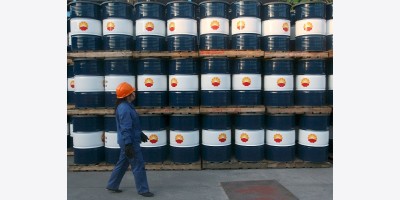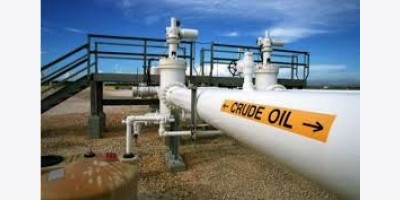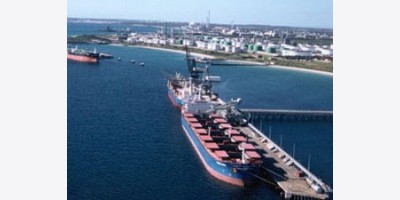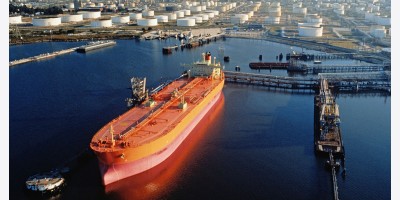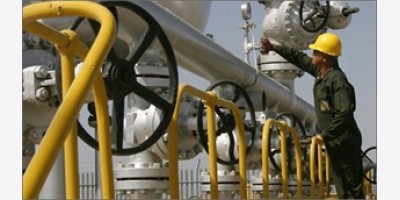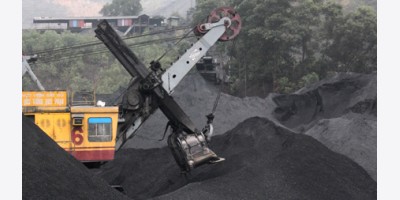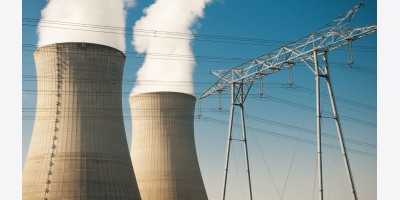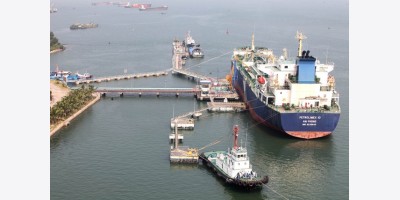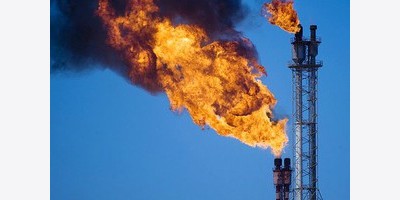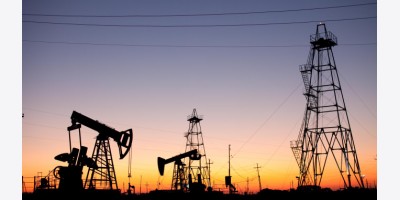The violence in Anbar province over the last few months has largely gone unnoticed in Iraq’s huge southern oil fields, where BP and ExxonMobil are hoping to boost production. In February, Iraq’s oil sales reached 2.8 million barrels per day (bpd), a 500,000 bpd increase from January. Analysts think that Iraq could average 2.9 million bpd for all of 2014, up from 2.4 million bpd last year. Iraq had originally set a goal of 4 million bpd in production for this year, with 3.4 million of that total meant to be exported. Despite the lift in output, that target appears too ambitious for this year.
With its oil production quickly climbing, Iraq may contribute to rising tensions among other OPEC members. Iraq is still exempt from OPEC quotas due to years of war, but it has surpassed neighboring Iran in production. For now, OPEC has welcomed Iraq’s return as a major oil exporter, as it is making up for lost supply in Libya, whose oil exports have slowed to a trickle after years of instability dating back to its revolution in 2011. Reuters reports that one OPEC official said that “as long as Brent is $100-$110 there is no problem for OPEC and the higher volumes from Iraq are welcome.”
Iraq has several very large oil fields coming online in the next several months, including BP’s Rumaila, ExxonMobil’s West Qurna-1, and Lukoil’s West Qurna-2 field.
However, Iraq’s resurgence is not assured. 2013 was its most violent in over five years, and the first few months of this year have not shown much improvement. The central government in Baghdad is also in a row with Kurdistan over exporting oil, which could also hold back quicker growth.
By James Burgess of Oilprice.com






-400x200.jpg)
